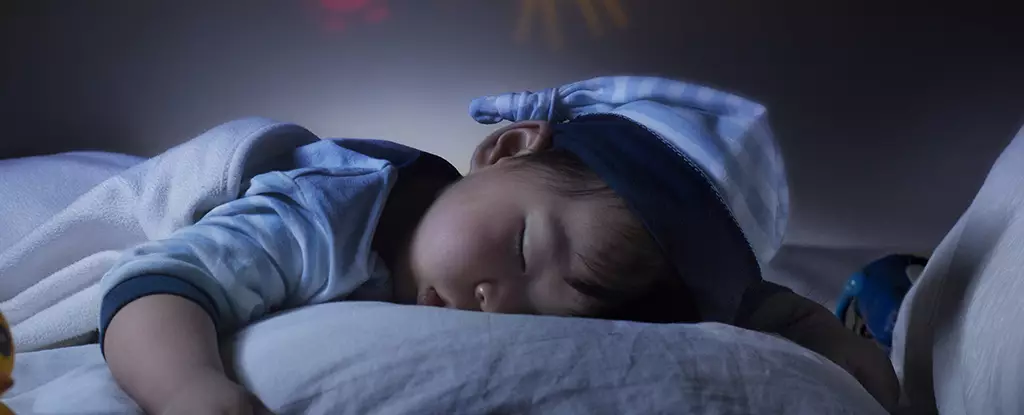Recent revelations about children’s mattresses have sparked considerable unease regarding the safety of our youngest family members as they sleep. A research team from the University of Toronto uncovered potentially harmful chemicals in the bedrooms of children aged six months to four years. These findings not only highlight the quality of children’s sleep environments but also accentuate the urgent need for stricter safety regulations regarding household products.
The study focused on semivolatile organic compounds (SVOCs), which are substances often added to mattresses to enhance durability and fire resistance. Known to be linked to a range of severe health issues, including cognitive impairments and respiratory ailments, these compounds present us with a daunting dilemma: are the products designed to keep our children safe actually putting them at risk?
Chemicals and Sleep Environments
The researchers identified over two dozen different types of SVOCs lurking in children’s bedrooms, with heightened concentrations observed in sleeping microenvironments (SMEs) — including the mattress, bedding, and nearby toys. The potential risks are magnified by the fact that infants and toddlers spend a significant portion of their early lives sleeping and are therefore more vulnerable to the effects of these chemicals. Not only do young brains require healthy sleep for optimal development, but children also engage with their environments by exploring tactilely, often through contact with everyday objects like mattresses and bedding.
Testing new mattresses revealed that factors such as body heat and weight significantly increased chemical emissions. This insight raises troubling questions about how prevalent these toxic substances actually are in the products we assume to be safe. Though the study refrains from clearly quantifying the associated risks to children’s health, the implication is serious enough for consumers and makers alike to reconsider their choices and practices around these essential items.
The Role of Manufacturers and Policy Makers
It is distressing that those in positions of influence seem unaware or indifferent to these dangers. As environmental chemist Miriam Diamond pointed out, this situation is a “wake-up call” for manufacturers and policymakers. Regulations surrounding the safety of consumer products, particularly those aimed at children, must evolve alongside new discoveries.
Arlene Blum, a biophysical chemist from the Green Science Policy Institute, emphasized the absurdity of finding harmful flame retardants in children’s mattresses, particularly when safer alternatives exist and no proven benefits justify their use. A clear disconnect exists between consumer safety concerns and industry compliance, and it’s time for both governmental and corporate entities to take a proactive stance.
Practical Steps for Concerned Parents
In light of these concerns, parents are urged to actively assess their children’s sleep environments. One immediate step suggested by researchers involves minimizing sources of SVOCs, such as bedding items like pillows, blankets, and even toys placed in the bed. Regular cleaning of bedrooms and bedding can help reduce chemical buildup and encourage a healthier atmosphere.
Education is also key. Parents should become informed consumers, seeking out safer products and questioning manufacturers about the materials used in children’s mattresses. By advocating for transparency and demanding alternatives, parents can contribute to a broader shift towards safer environments for all children.
Furthermore, safety standards organizations must enhance their directives to ensure all products marketed to children are genuinely safe. The necessity for accountability from mattress manufacturers cannot be overstated; industry stakeholders must be compelled to prioritize the well-being of children over profits.
The Importance of a Safe Sleep Environment
Understanding the implications of this research is crucial not only for immediate health but for the long-term cognitive development of our children. As they navigate their formative years, every aspect of their environment is amplified; children breathe faster, have more permeable skin, and ultimately are more susceptible to the impacts of harmful chemicals than adults. It is absolutely essential that parents can place their reliance in the safety of their children’s sleeping arrangements.
The outcomes from this recent study spotlight the urgent need for reassessment, innovation, and reform toward creating safer mattresses for children. Healthier sleeping environments should not just be a wish but a right for every child, allowing them to rest and thrive without hidden threats lurking under their surfaces.

